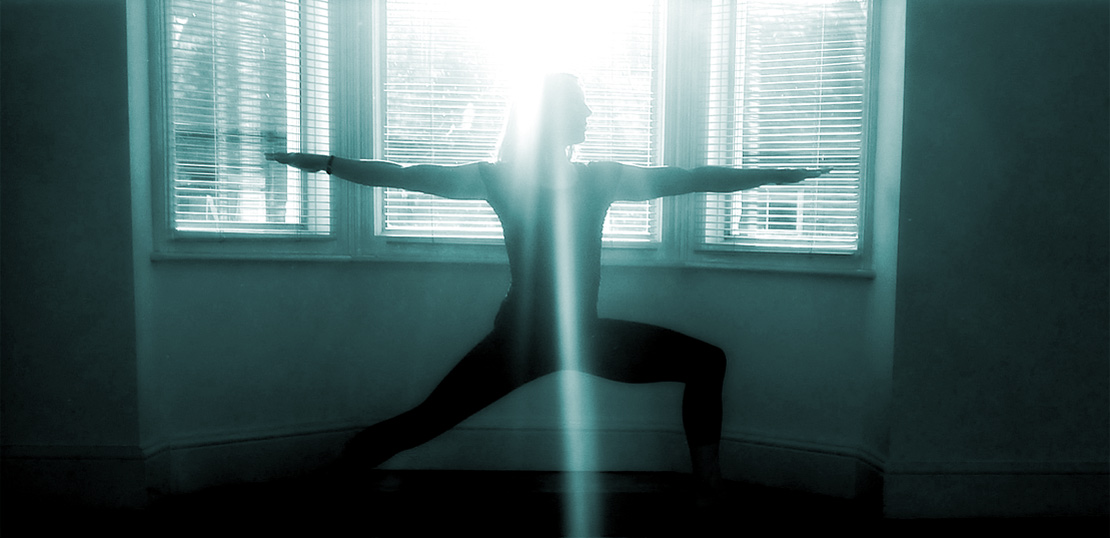
The Yoga Toolkit for Your Home Practice
Have you ever learned a musical instrument, or do you know someone who has? There is an expectation that to progress and to make the most of your lessons there will be a certain amount of practice at home during the week. In this way, technique is embedded and musicality can flourish. It is the same with yoga. We need both; classes and practice.
Don’t hold back. Don’t push too hard. Have fun.
Read more ...
The Iyengar yoga system offers an amazingly comprehensive approach to yogic practice and study. Arguably it is the most comprehensive and accessible form of classical yoga in contemporary practice. Many people, however, find it difficult to make the leap from attending classes to practising alone at home on any kind of regular basis.
Every craftsperson, every artist, every scientist, needs to develop an intimate knowledge of the tools at their disposal, and also of the materials they have to work with. As yogis our materials are our body, mind and breath. Our tools, in the Iyengar system at least, are primarily asana and pranayama. So don’t be shy. Pick up your tools. Try them out, find out how they work, how they react with the materials you have to hand. The experiments and creations that will emanate are ephemeral, so don’t be afraid. If you feel it goes a bit wrong, nobody cares. Nobody even knows. There is no judgement. Learn something and start again. There is no such thing as going wrong if the process is one of genuine enquiry.
It takes some time to build up the knowledge of vinyasa (sequencing) required to self-direct your home practice. This is where I hope that we might be of some help. We’ll be sharing some short, simple practice programmes that you can try between classes to develop your experience of sequencing, and as an aid to developing that magical chain of unbroken rhythm in practice day to day, week to week and year to year.
We will be posting sequences in two categories; Beginners and Improvers. Your instinct and experience will tell you which is suitable for you. You should be practising poses that you have already learned in class. If in doubt, ask your teacher.
We will be using photographs as a visual aid to sequencing. Photographs are an imperfect medium for the exposition of yoga-asanas. They are too static. Your asanas should be more full of life, of vibration, than the images you see. The photographs will also depict the asanas of a practice in progress; of a practitioner/s who encounter/s many difficulties and set-backs in performing the poses. So apologies in advance for all of the mistakes. We don’t doubt that you can do better. The photographs are there only to guide you in the sequencing; how you practise the asanas is up to you and should be inspired both by what you’ve learned to date and your acute observation of the present-tense conditions of body, mind and breath.
These sequences are not an alternative to attending class on a regular basis, and we actively encourage everyone using them to seek out their local Iyengar yoga teacher if they don’t already have one. We invite and encourage questions and comments.
Let us know how you get on, which sequences work for you, which not so much, what you notice and what you want to explore further. This is an intensely personal and individual voyage of discovery, supported by a community of supportive peers. We’re in this together.
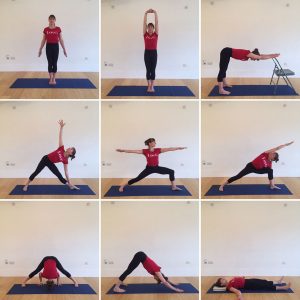
Standings
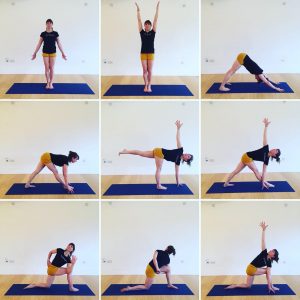
Standing Twists
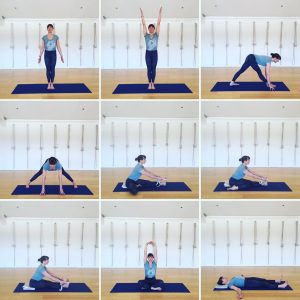
Forward Bends
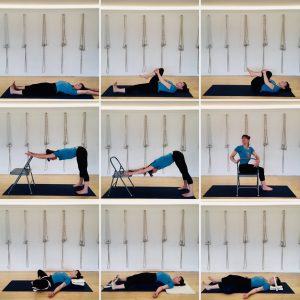
Restorative

Back-Bends
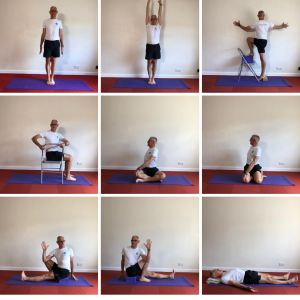
Twists
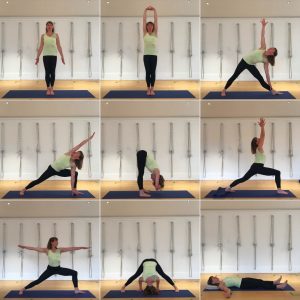
Standings 2.0
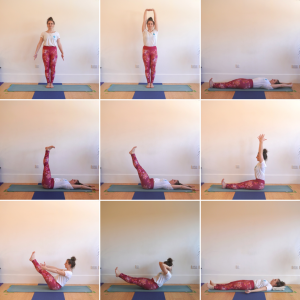
Abdominals
(Navasana Series)
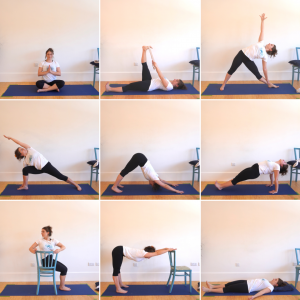
Holiday Toolkit
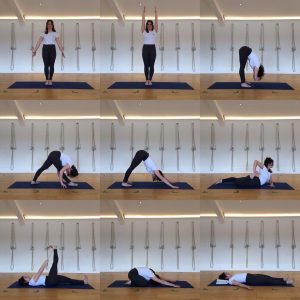
Runners' Toolkit
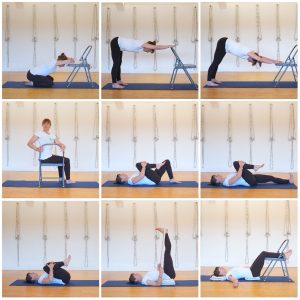
Backpain Toolkit
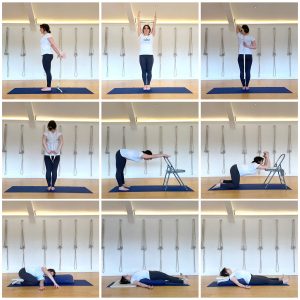
Shoulders Toolkit
Exclusive Online Courses
Yama In Asana
Join Jenny-May for an exclusive 5-part online course focussing on the yamas (yoga’s universal ethical disciplines, experienced through the practice of asana, poses).
How can we practise the yamas through asana?
What does each of the yamas mean, how is it experienced and how can that experience be applied in practical terms both on and off the mat?
The yamas are the first ‘limb’ of yoga; the universal ethical disciplines that lead to successful social living. Jenny-May will teach 5 pre-recorded sessions of around 75-90 minutes per class, exploring each ethical principle through a particular ‘family’ of asanas:
Ahimsa – non-violence (with standing poses)
Satya – truth (with forward bending poses)
Asteya – non-stealing (with back bending poses)
Brahmacharya – continence in desires (with abdominal and seated poses)
Aparigraha – non-covetousness (with restorative poses)
We will send you a bespoke web link to a private YouTube playlist where you will have unlimited access to all 5 classes. They’re yours to keep! All we need from you is an email address linked to a Google account to enable access via YouTube. That’s it! (If you need tech support, get in touch).
The guideline price is £150 but we are also offering the course on a ‘pay-as-you-feel’ basis. Once purchased, the course content can be rewatched as often as you like. Please get in touch if you’re interested. Suitable for everyone with some experience of Iyengar Yoga.
